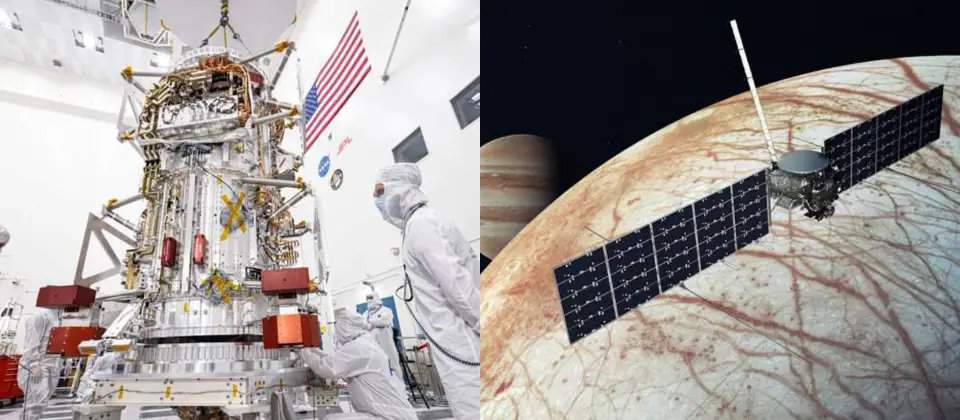After India’s Chandrayaan-3 Vikram lander made its historic lander on August 23, its rover commenced operation in search of scientific discovery for mankind. As the first spacecraft to successfully land on the lunar south pole, the lander and rover of the Chandrayaan-3 mission have endless potential to make new scientific discoveries. While exploring the moon, the Chandrayaan-3 Pragyan rover made sulfur discovery on the soil of the lunar south pole.
The Laser-Induced Breakdown Spectroscopy (LIBS) instrument of the rover was used in making this discovery. The Laboratory of Electro-Optics Systems in Bangalore developed this instrument to support the Chandrayaan-3 mission goals. While exploring the lunar surface, the LIBS of the Pragyan rover fire laser pulses at a sample which vaporizes the substance into a short plasma.
The instrument observes the substances and analyzes the light emitted from that plasma. After picking the light, LIBS proceeded to study the wavelengths to determine the elements within the substance. As LIBS moved its laser to the soil of the lunar south pole, it discovered the already known mélange of aluminum, calcium, chromium, iron, manganese, oxygen, titanium, and silicon. However, it also spotted sulfur which surprised scientists.
Astronomers have relied on data provided by lunar orbiters to determine elements of the lunar south pole’s soil. However, none of these orbiters previously detected sulfur and they did not have the feasibility to do so, a statement by the Indian Space Research Organization (ISRO) reveals.
What is the next move with this latest Sulfur discovery on the moon?

The latest sulfur discovery in the lunar south pole’s soil has proven that there are still scientific discoveries awaiting humanity on the moon. Chandrayaan-3 mission is opening the door to future lunar missions to the south pole. This particular region is the center of attraction to all space agencies because of its abundant natural resources. NASA is hoping to establish a permanent human presence in this region starting with its Artemis 3 mission.
Future colonists on the lunar south pole will use its abundant ice water into drinkable water, creating rocket fuel and other needs. Hence, the need to ship water from Earth to the moon will be eradicated with the discovery of water on the moon. Since the region has more chemical composition than earlier presumed, future dwellers will have access to enough resources to build more sophisticated technologies that will support the crewed exploration of the moon.
Some scientists are suggesting that future colonists could use the discovered sulfur as a material for building solar cells, batteries, building materials, and other unique stuff on the moon. After this fascinating discovery, ISRO announced that its scientists are now using the LIBS instrument to find Hydrogen on the moon. The discovery of hydrogen will surely move the agency to accomplish a greater part of its Chandrayaan-3 mission on the moon.
Conclusion
ISRO recently used the LIBS instrument of its Chandrayaan-3 moon rover for sulfur discovery on the moon. The agency announced that the next ambition of the rover is to discover hydrogen on the lunar surface. Let’s hope that the Chandrayaan-3 lander and rover accomplish their mission goals before mission termination on the next lunar night. In addition, if you are passionate about seeing the moon from your location, you can purchase any of these telescopes or binoculars to get a clearer view of the nearest celestial body to Earth.





